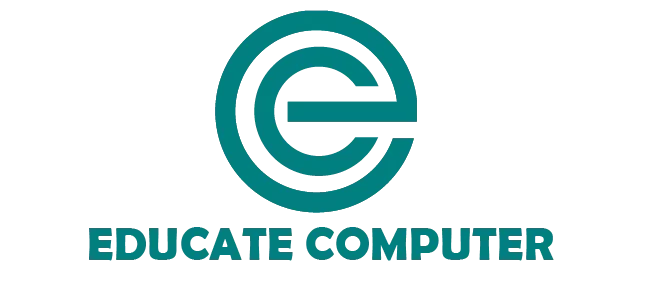The mainframe computer features include high processing power, speed, Reliability, and Fault Tolerance. It also has Security and Data Protection, as Well as Energy Efficiency features.
Mainframe computers are powerful machines used by large organizations to handle critical tasks.
Features of a Mainframe Computer
Here are important features of a mainframe computer with example:
1. High Processing Power and Speed
Mainframes handle work much faster than normal computers. While your school computer might slow down when many students use it, a mainframe stays fast.
For example, when you swipe your debit card at a store, the mainframe at your bank checks your account in less than a second. It can do this for thousands of people at the same time. During holiday sales, online shopping sites like Amazon use mainframes to handle millions of orders without crashing.
2. Reliability and Fault Tolerance
Mainframes rarely crash. They have backup systems that take over if one part fails. This is called fault tolerance.
For example, in hospitals, mainframes control patient records and life-saving machines. If the power goes out for a second, the system doesn’t shut down. Your medical information stays safe. Air traffic control systems use mainframes because planes can’t wait for a computer to restart.
3. Scalability (Handling More Work When Needed)
“Scalability” means the computer can grow when more people use it. You don’t need to turn it off to add power.
For example, before exams, many students check their results online at the same time. A normal website might crash. But university systems using mainframes handle all the traffic smoothly. During ticket sales for big concerts, mainframes allow thousands of fans to book seats without errors.
4. Security and Data Protection
Banks and military organizations trust mainframes because they are extremely secure. They use multi-level encryption, meaning data is locked with multiple codes. Only authorized users can access or change information.
For example, when you log into internet banking, the mainframe verifies your password, checks your device, and might ask for your fingerprint. Even if hackers try, they can’t break in easily. Government offices store citizen data like tax records in mainframes because they’re so secure.
5. Virtualization (Running Many Systems Together)
Virtualization lets one mainframe act like many separate computers. Each part can do different jobs.
For example, A bank’s mainframe can run these at once:
- ATM transactions
- Online banking website
- Mobile app services
- Employee work systems
All these work separately but share the same powerful machine.
6. Backward Compatibility (Using Old Software)
“Backward compatibility” means new mainframes can still use very old programs. Some mainframes still use software written 30 years ago! Unlike smartphones that become outdated quickly, mainframes support old programs without issues.
For example, some banks still use programs written in the 1990s. They don’t need to change them because mainframes understand old and new software. This saves millions of dollars in reprogramming costs.
7. Energy Efficiency (Saving Power)
One mainframe can do the work of 100 small servers while using less electricity. This saves electricity and reduces heat. Fewer machines mean less electronic waste, which is good for the environment.
For example, A company using 100 normal servers would need a big room with strong air conditioning. Mainframes utilize a single machine in a small space. This cuts electricity bills by up to 80%.
FAQs
Are mainframe computers outdated?
No, they are still widely used and constantly improved.
Can a mainframe be hacked?
It is very difficult because of strong security layers.
Do smartphones use mainframes?
No, but they connect to mainframes in the background (like when you use mobile banking).
